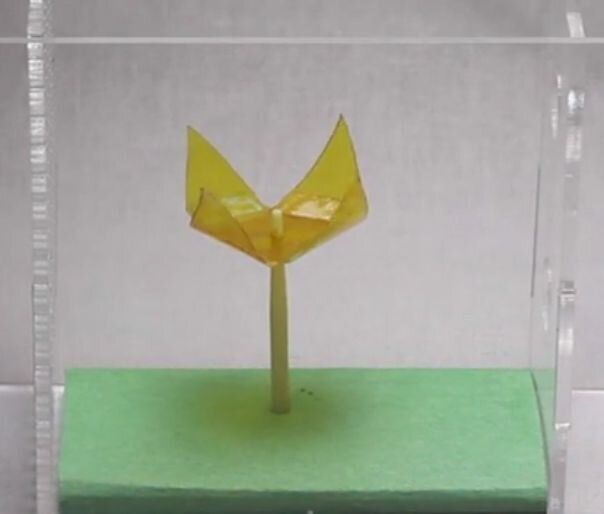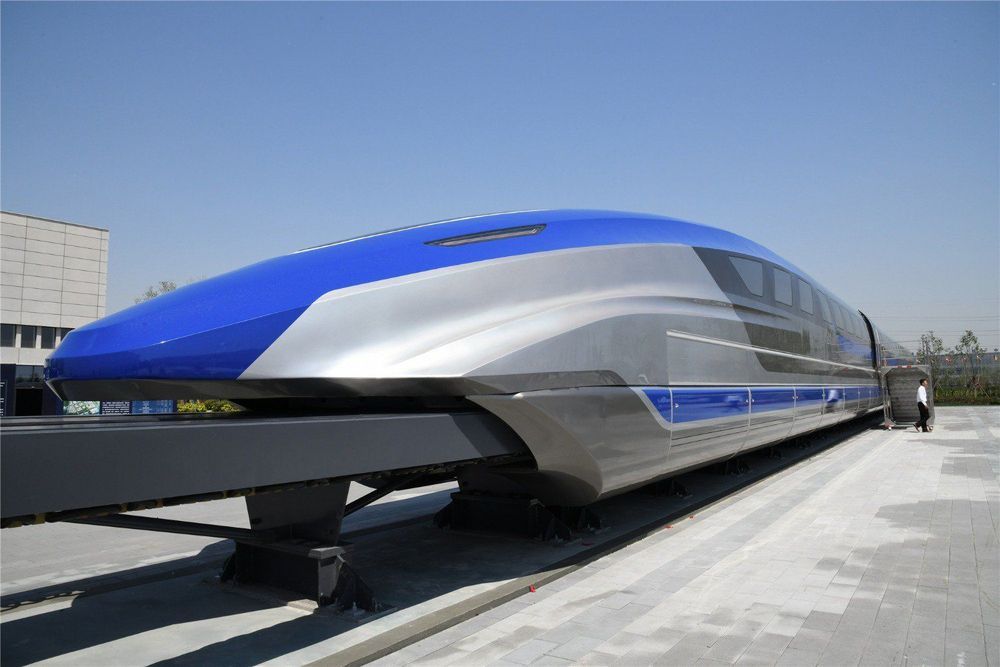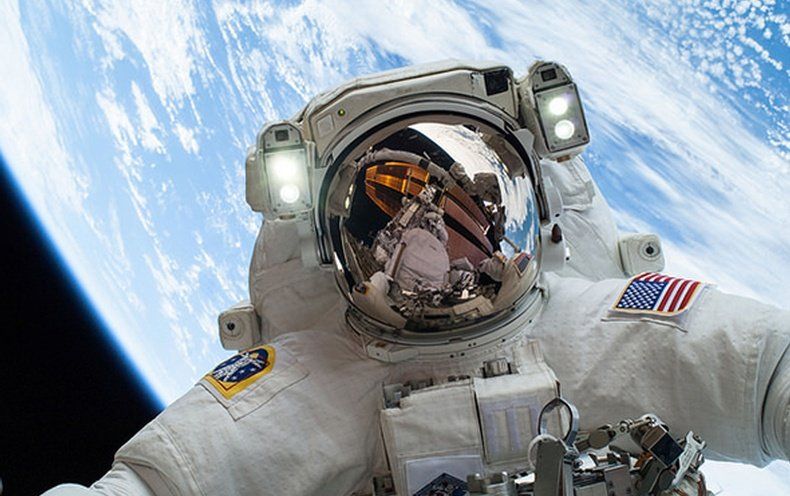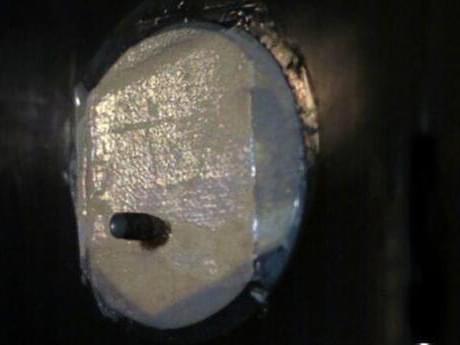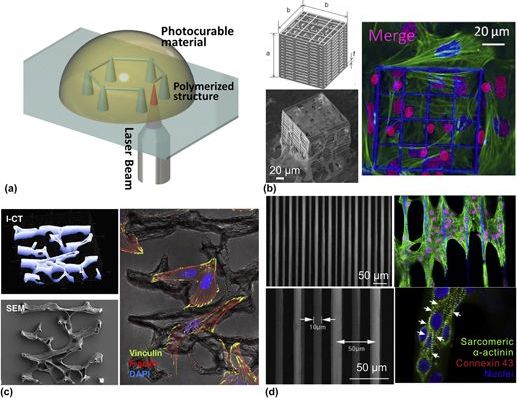May 23, 2019
Robots activated by water may be the next frontier
Posted by Genevieve Klien in categories: materials, robotics/AI
New research from the laboratory of Ozgur Sahin, associate professor of biological sciences and physics at Columbia University, shows that materials can be fabricated to create soft actuators—devices that convert energy into physical motion—that are strong and flexible, and, most important, resistant to water damage.
“There’s a growing trend of making anything we interact with and touch from materials that are dynamic and responsive to the environment,” Sahin says. “We found a way to develop a material that is water-resistant yet, at the same time, equipped to harness water to deliver the force and motion needed to actuate mechanical systems.”
The research was published online May 21 in Advanced Materials Technologies.
Continue reading “Robots activated by water may be the next frontier” »
